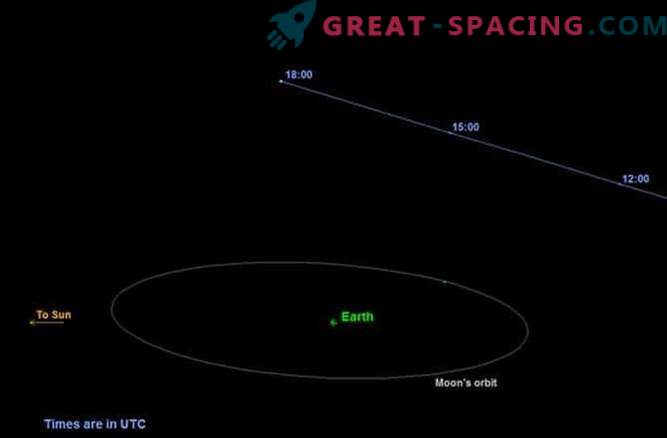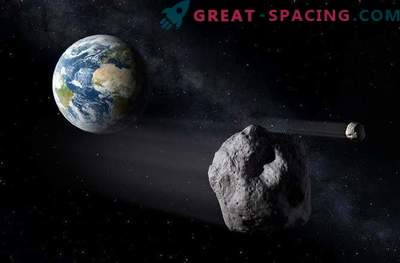
Approximately 1,300 feet wide (or 400 meters), the 2015 TB145 asteroid, which some astronomers call “Creepy,” will pass 300,000 miles (or 480,000 km) from our planet on Halloween (October 31).
Although 2015 TB145 poses no threat to humans, its span will be considered the closest until the 1999 AN10 re-flight in 2027. The latter is an asteroid 800 m wide, which will fly at a distance of about 385, 000 km or 238, 000 miles from Earth, as reported by NASA.
Astronomers plan to track the 2015 TB145 movement on October 31 using radio waves, namely, the 34 m wide NASA antenna located at the Goldstone Observatory in California, USA. Then the data will be combined and sent from the Green Ban telescope in West Virginia to the Arecibo Observatory, where scientists will begin to work with them.
Such a study should help answer questions about the size of the studied space object, its shape, surface features, as well as clarify other characteristics. "So far, it is known that the asteroid's orbit has a very oblong shape. This is not typical of the solar system asteroids," said Lance Benner, a scientist at the NASA jet propulsion laboratory in Pasadena, California, said in a statement.
“Such a unique orbit speaks of the high speed of the object - about 35 km / s or 22 miles / s. The question immediately arises, maybe it is a comet, and not an asteroid?” Added Benner. "If this is true, then we will have one more case of a comet flying so close to Earth."
Asteroid 2015 TB145 is too weak, it can not be seen with the naked eye, but it can be monitored online from the observatory itself. The broadcast will begin at 00:00 GMT October 31.
The 2015 space object TB145, discovered on October 10, completes a circle around the Sun every three years.
A total of 13,000 such objects were recorded. This means that there are many potentially dangerous asteroids for the Earth. But there is good news: about 95% of them do not threaten human civilization in the foreseeable future.











































